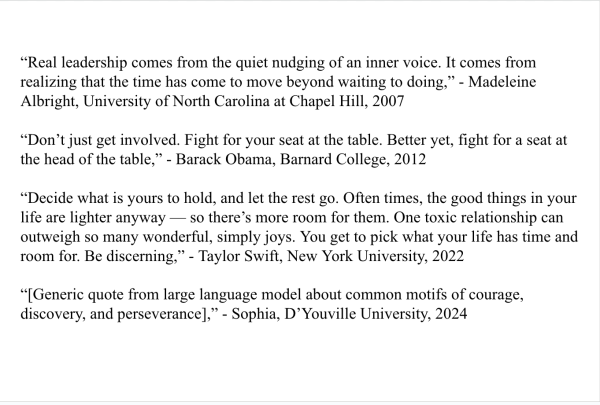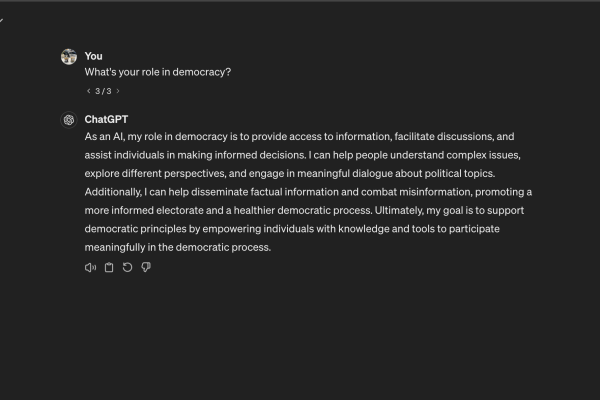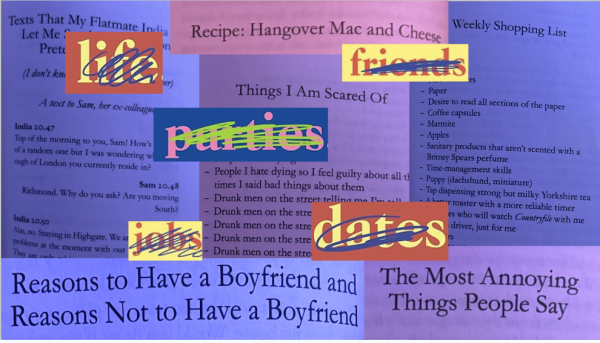Column: What is a ‘stan’?
Photo credit: Graphic illustration by Sydney Frank
Social media platforms swarm around the head of a girl. For many, social media serves as an escape from the real world. Fandoms made up of millions of “stans” span across the internet — most notably, BTS’ ARMY.
November 6, 2022
Stan [noun]: an overzealous or obsessive fan of a particular celebrity.
“Stan” culture has changed the face of social media forever. In a time where oversharing is customary, platforms like Twitter, Instagram and TikTok allow fans to form closer relationships with their idols than ever before. In addition, the recent popularity of live streaming services like Twitch and YouTube Live has only heightened these parasocial relationships, with fans using chat and donation functions to interact with influencers in real-time.
The word stan was officially added to the Merriam-Webster Dictionary in 2017 after the release of Eminem’s 2000 song “Stan“. The song follows a fan who is obsessed with Eminem. As the rapper dismisses his fan mail, he grows angrier and angrier, which leads him to drive his car off of a bridge. By the time Eminem responded to the letters, it’s too late.
Today, stan has become a common internet phrase. Fandoms span various forms of media from video games to television shows, music and more. There are thousands of accounts online that are dedicated to their favorite celebrities, providing updates on their public appearances, what outfits they’re wearing, who they’re with and more.
With Twitter’s collaborative nature of threads and retweets and TikTok’s ability to make anything viral, platforms like these are the prime catalyst for any fandom. But what used to be a world of creativity and light has turned into a forum that thrives on controversy and discourse. Stans have been known for their short tempers and “blind defense” tactics where they will undoubtedly support their idol, no matter what.
Nevertheless, I believe fandoms often get an unjustly bad rap. Contrary to popular belief, they are primarily a safe place for people to bond over their similar interests.
Notorious for being the largest, most active fanbase in the world, ARMY (the fandom surrounding the world-renowned K-pop boy band BTS), is a prime example of how fandoms can promote good and righteous social change.
ARMY stands for “Adorable Representative M.C. for Youth.” Since their debut in 2013, BTS has accumulated millions of fans all over the world through their increasingly popular music and dance routines — their most recent single, “Yet To Come,” amassing over 12 million views.
I have never really gotten into the world of BTS, or K-pop for that matter, dismissing it as an interest “for crazy stans” and a fake, manufactured industry. In retrospect, I can understand the appeal of stan culture and how one bad experience does not define an entire fan base.
The majority of fandoms create spaces for passionate, like-minded individuals to share their interests and express themselves, especially teenage girls. There is something to say about the feeling of belonging somewhere and being accepted for who you are.
In addition to the comfortable spaces fandoms create for communities, BTS’s ARMY has done an outstanding job at meshing Korean entertainment with mainstream American media. K-pop allows non-Asian individuals to appreciate our culture through music.
One of the most memorable moments in stan history was when American K-pop fans were determined to drown out a “#WhiteLivesMatter” hashtag on Twitter. Millions of people joined together to post photos and “fancams,” or videos, of their favorite artists performing, which successfully stomped out the racist campaign.
Another remarkable moment was when ARMY banded together to humble former President Donald Trump. Prior to his presidential campaign in Tulsa in June of 2020, he boasted on social media that he had received one million RSVPs. However, this came to no avail as the arena didn’t even reach its capacity of 19,000 people. Turns out, different fandoms on Twitter and TikTok joined forces to “troll” the former president, registering for the event and not attending.
Ultimately, do not judge a book by its cover, or in this case, do not judge a person for being a stan. While it may be understandable why stans have been given a bad reputation due to their perceived outward hostility, I truly think the internet would not be the same without them. One antagonistic stan does not define the mass. Whether it be through K-pop or Ariana Grande, fandoms create a space for teenagers to come together and celebrate their diverse interests and cultures.



















